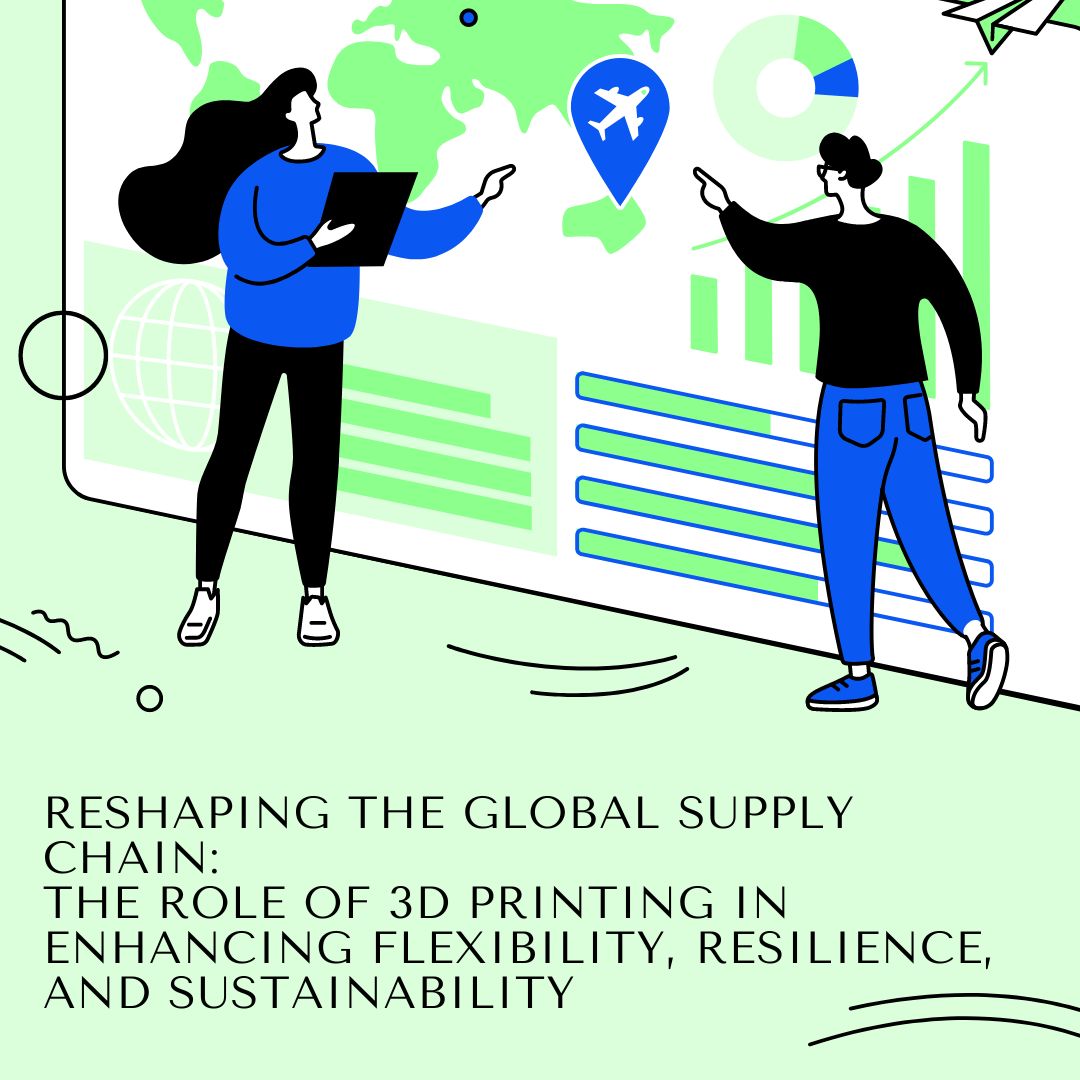Understanding the Global Supply Chain and its Impact
No doubt, the term "global supply chain" has become a media buzzword over the last couple of years, and unfortunately, not for a good reason. For those who are still unsure of what a supply chain is, it can be described as a network of processes involved in producing and distributing goods or services to end customers. This network encompasses various steps, including sourcing raw materials, manufacturing, managing information, logistics, and shipping.
The global supply chain has been receiving significant attention due to its impact on trade and the world economy. The introduction of container boxes in the 1950s and the subsequent alignment of logistics infrastructure revolutionized trade, enabling the movement of goods across continents. This transformation led to reduced product prices and allowed emerging markets to participate in global trade. However, it also brought about moral and social issues, as well as environmental concerns such as pollution and climate change.
Before March 2020, the global supply chain was functioning smoothly, ensuring next-day delivery and the availability of products everywhere, particularly in the Western world. However, the COVID-19 pandemic and other events like Brexit, the beetle attack in the US, and geopolitical conflicts have put immense pressure on the global supply chain. As a result, shortages of everyday essentials occurred for reasons other than war, highlighting the need for more agile, resilient, and flexible supply chains.
The year 2023 presented new challenges and opportunities for the global supply chain. The effects of the COVID-19 pandemic continued to linger, although significant progress had been made in mitigating its impact. While some industries had successfully adapted to the "new normal," others were still grappling with disruptions and uncertainty.
One prominent issue that emerged in 2023 was the ongoing global semiconductor shortage. This shortage had far-reaching consequences for various sectors, including automotive, electronics, and telecommunications. The supply chain disruptions caused by the semiconductor shortage led to production delays, increased costs, and supply imbalances. Companies had to navigate the challenge of securing a sufficient supply of semiconductors to meet customer demand.
In addition to the semiconductor shortage, geopolitical tensions and trade conflicts continued to shape the supply chain landscape. Trade disputes between major economies, such as the United States and China, had a significant impact on global supply chains. Tariffs, trade restrictions, and changing regulations created uncertainty and forced companies to reassess their sourcing strategies and diversify their supplier base.
Sustainability and ethical considerations also gained further prominence in 2023. Consumers and stakeholders increasingly demanded transparency and accountability throughout the supply chain. Companies had to prioritize responsible sourcing practices, reduce environmental impacts, and ensure fair labor conditions. Incorporating sustainable practices became not only an ethical imperative but also a competitive advantage for businesses.
Furthermore, advances in technology continued to reshape supply chain operations. Technologies such as artificial intelligence (AI), Internet of Things (IoT), and blockchain played a vital role in enhancing visibility, traceability, and efficiency within supply chains. These technologies enabled real-time tracking, predictive analytics, and secure data sharing, empowering companies to make data-driven decisions and optimize their operations.
The year 2023 also witnessed a growing emphasis on supply chain resilience. The lessons learned from the disruptions caused by the pandemic prompted businesses to reevaluate their risk management strategies. Companies sought to build more agile and adaptable supply chains, investing in redundancy, diversification, and contingency planning. This focus on resilience aimed to mitigate the impact of future disruptions and enable quick recovery.
The Potential of 3D Printing in Revolutionizing Supply Chains
Enter 3D printing, a technology that holds the potential to revolutionize the global supply chain. Although 3D printing initially gained attention in the early 2000s, it has rapidly advanced since then. Today, 3D printers are faster, more efficient, and more precise. Automation helps prevent print errors and improve product quality, while advancements in materials make it easier, cheaper, and faster to 3D print spare parts, prototypes, and even end-products of high quality.
The capacity of 3D printers for distributed manufacturing was evident during the critical period of March to April 2020 when the global supply chain struggled to meet the increased demand for protective gear. The 3D printing community self-organized and produced face shield holders, showcasing the scalability and global availability of 3D printing technology. From Nigeria to Canada, China to Macedonia, Brazil, and beyond, 3D printers were ready to assist.
Two key factors contribute to the flexibility and availability of 3D printing technology for distributed manufacturing. Firstly, a single desktop or home 3D printer can produce a wide range of items, from face shields to spare parts, home decor, accessories, and more. Unlike traditional factory manufacturing, where a specific assembly line is limited to a single product type, 3D printing allows for greater flexibility and cost-effectiveness in producing different products. Secondly, an individual maker can operate multiple 3D printers, with prices starting at $200 each. This makes scaling production capacity both affordable and easy.
So, why should businesses consider incorporating 3D printing into their operations? The advantages are numerous. 3D printing enables local on-demand manufacturing, where products are produced when they are purchased in the customer's country. This approach simplifies logistics, minimizes warehousing, and reduces the need for global shipping. It also significantly reduces time-to-market for new and existing products, while minimizing waste from manufacturing and overstocking. Local on-demand manufacturing protects businesses from external shocks in global supply chains, leading to increased liquidity, streamlined operations, and improved resource efficiency. Moreover, when products made from bioplastics are produced and used in close proximity to where they are needed, it results in a drastic reduction in CO2 emissions and other pollutants across the supply chain.
Not surprisingly, several companies have already embraced 3D printing, even before the pandemic. Volkswagen Autoeuropa, for instance, utilizes 3D printers to manufacture tools, fixtures, and small parts for their assembly line, resulting in substantial cost savings. Nike has been experimenting with 3D printing since 2013, leading to innovative product designs and increased manufacturing efficiency. Companies like Hershey's, Hasbro, Ford, Boeing, DIY Rockets, and American Pearl are also leveraging 3D printing technology for various applications.
In essence, the concept of on-demand manufacturing is not new. Prior to the industrial revolution and the advent of container boxes, goods were produced where and when they were needed. 3D printing combines the best of both worlds, enabling on-demand production in close proximity to the demand while utilizing industrialized and automated processes.
3D printing has the potential to transform the global supply chain by enhancing flexibility, resilience, and real-time production. As the technology continues to advance, businesses can leverage its benefits to optimize their operations, reduce dependencies on complex supply chains, and contribute to a more sustainable future.
For more information on 3D printing materials, you can visit: [insert link to Vulkaza blog post about plant-based plastics]. The possibilities are endless, and it's an exciting time to explore the potential of 3D printing in reshaping the global supply chain.



